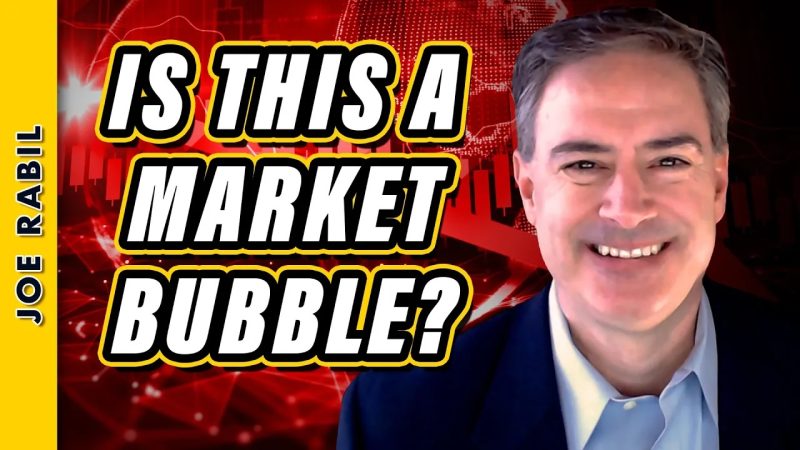In the ever-evolving world of investments and financial markets, the distinctions between a market bubble and investor mania are sometimes blurred, leading to confusion and uncertainty among market participants. While a market bubble is often characterized by inflated asset prices driven by speculation and investor enthusiasm, investor mania represents a widespread frenzy or craze for a particular asset or sector, fueled by emotions and herd mentality.
Market bubbles have been a recurring phenomenon throughout history, with notable examples including the dot-com bubble of the late 1990s and the housing bubble in the mid-2000s. During a market bubble, asset prices surge to unsustainable levels, detached from their fundamental value, as investors rush to capitalize on perceived opportunities for quick profits. The euphoria and optimism surrounding a market bubble can lead to widespread euphoria, excessive risk-taking, and irrational exuberance.
On the other hand, investor mania is a collective psychological phenomenon characterized by a surge in demand for a specific asset or sector, driven by fear of missing out (FOMO) and a herd mentality. Investor mania can be fueled by various factors, including social media hype, celebrity endorsements, or speculative narratives that create a sense of urgency and urgency among investors. This can result in a self-reinforcing cycle of buying and selling, leading to extreme volatility and unpredictability in the market.
While market bubbles and investor mania share some common traits, they also have distinct characteristics that differentiate them. Market bubbles are often triggered by a combination of excessive speculation, easy credit, and investor complacency, leading to a widespread mispricing of assets. In contrast, investor mania tends to be more focused on a specific asset or sector, driven by emotional factors such as greed, fear, and social influence.
Identifying whether the current market environment is a bubble or investor mania requires a careful analysis of market dynamics, investor behavior, and underlying fundamentals. Market participants should remain cautious and vigilant, keeping a close eye on key indicators such as valuation metrics, sentiment indicators, and market liquidity. It is essential to maintain a disciplined approach to investing, focusing on long-term goals and risk management strategies to navigate through periods of market excess and irrational exuberance.
In conclusion, understanding the distinctions between a market bubble and investor mania is crucial for investors seeking to navigate through challenging market conditions and make informed decisions. By staying informed, employing a prudent investment approach, and maintaining a long-term perspective, investors can position themselves to weather market volatility and capitalize on opportunities that arise from market extremes.




























